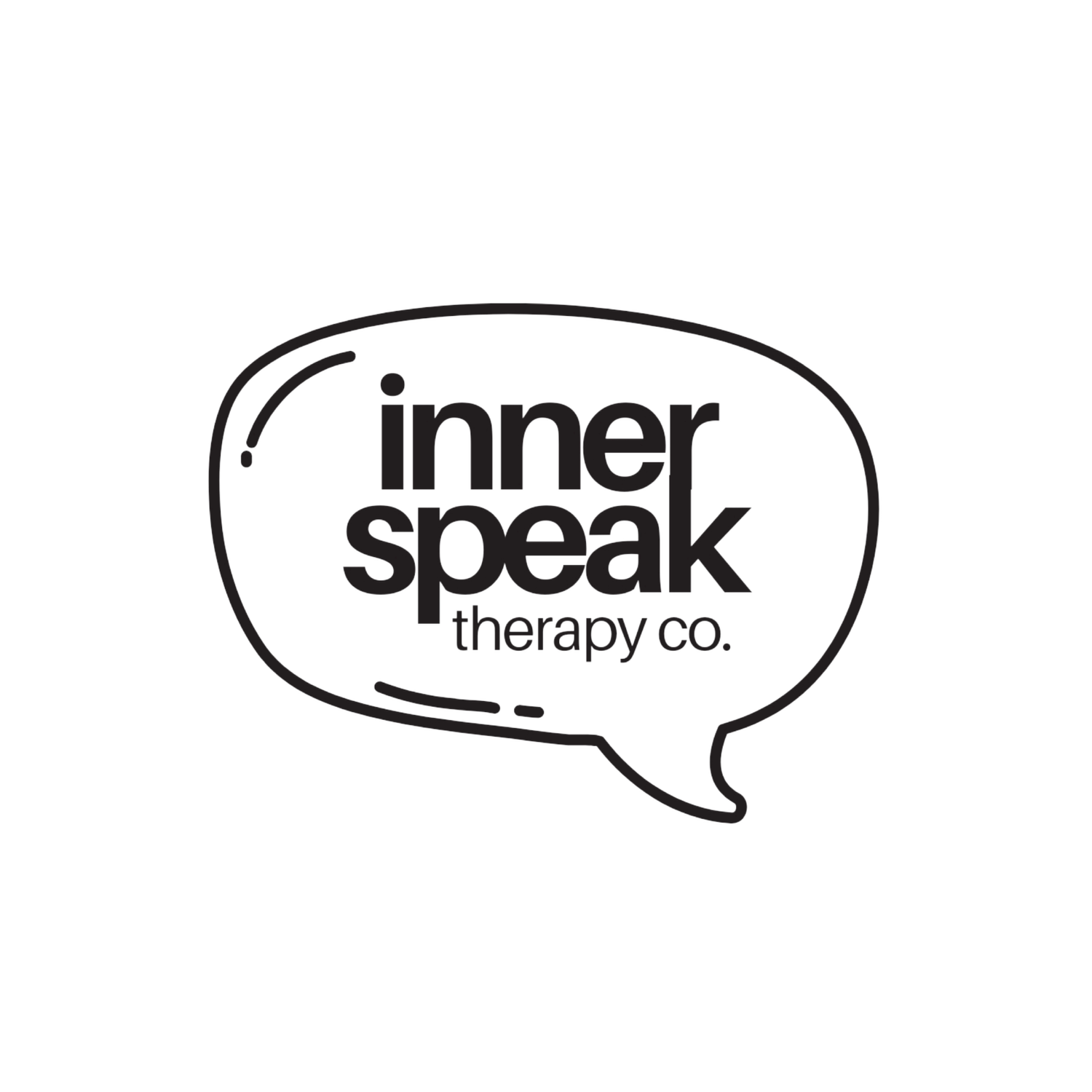Trauma & Neurodivergence: When the Lines Blur
Is it trauma? Is it autism? ADHD? Sensory overwhelm? Emotional shutdown? For many people, it’s not either/or, it’s both/and. Trauma and neurodivergence often show up together, and the overlap can be confusing, especially in systems that love clean labels and linear explanations.
Inspired by the work of Dr. Megan Anna Neff and others at the intersection of trauma and neurodiversity, this post explores how these experiences intertwine, how to hold space for complexity, and why a decolonized, affirming lens matters more than ever.
1. Trauma and neurodivergence often get misread
Neurodivergent folks (autistic, ADHD, sensory-sensitive, etc.) often grow up in environments that don’t accommodate their needs, and this mismatch itself can be traumatic. Masking, shame, constant invalidation, or being forced to suppress one’s natural rhythms can lead to chronic nervous system dysregulation.
On the flip side, trauma can also create behaviors that resemble neurodivergence: dissociation, emotional flooding, executive dysfunction, and sensory sensitivity are common in both. This doesn’t mean they’re the same; it means they interact in complex ways.
2. Labels aren’t bad—but they’re not the full story
Getting an accurate diagnosis (like ADHD or autism) can be deeply validating. So can recognizing that trauma shaped your nervous system. But these labels aren’t fixed truths, they’re tools for understanding your experience, not boxes to get stuck in.
A decolonized lens reminds us that the dominant culture often defines “normal” through a narrow, Eurocentric, neurotypical, and white supremacist lens. We must ask: Who gets seen as struggling, and who gets pathologized for surviving?
3. You’re not broken—you adapted
Whether you stim to regulate, space out to cope, or can’t keep a morning routine to save your life, none of these mean you’re defective. They often mean your body and brain are doing exactly what they needed to do to survive environments that didn’t meet your needs.
Dr. Neff speaks to the importance of reframing: instead of dysfunction, we can talk about mismatch. Mismatch between a person’s needs and their environment. Healing doesn’t mean changing who you are, it means supporting your system with the compassion it’s always deserved.
4. You can hold both: healing and neurodivergence
You don’t have to choose. You can be healing from trauma and embracing your neurodivergence. You can explore your sensory profile and tend to your attachment wounds. The goal isn’t to “fix” yourself, it’s to understand your wiring and create systems, relationships, and rituals that feel supportive.
5. Community and self-trust are key
Both trauma and neurodivergence can make you doubt yourself. That’s why community is so important. Spaces that affirm your experience, without needing you to prove or explain, can be deeply healing. So can returning to the wisdom of your body, your ancestors, and your inner voice.
TL;DR
Trauma and neurodivergence often overlap, blur, and dance together. You don’t need to sort them out perfectly to begin healing. Through a decolonized, affirming lens, you can stop asking “what’s wrong with me?” and start asking “what happened to me, and how can I care for who I am now?”
If you're navigating the space between trauma and neurodivergence, I see you. Schedule a consult and let’s explore what healing can look like for your wiring.
Sources:
Neff, M. A. (2022). Self-Diagnosis & Healing: The Neurodivergent Guide to Moving Through Trauma. Neurodivergent Insights.
Price, M. (2015). The Power of Neurodiversity: Unleashing the Advantages of Your Differently Wired Brain. Da Capo Press.
Thai, L. (2023). "Decolonizing the Body: Somatics, Trauma, and Collective Liberation." Public teachings and workshops.
Walker, N. (2021). Neuroqueer Heresies. Autonomous Press.
